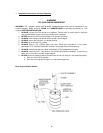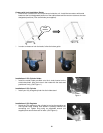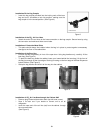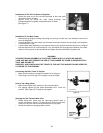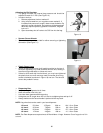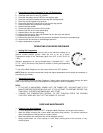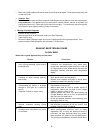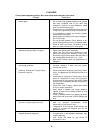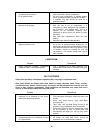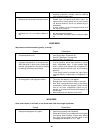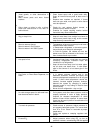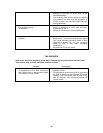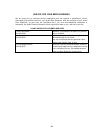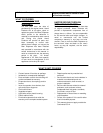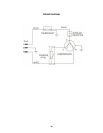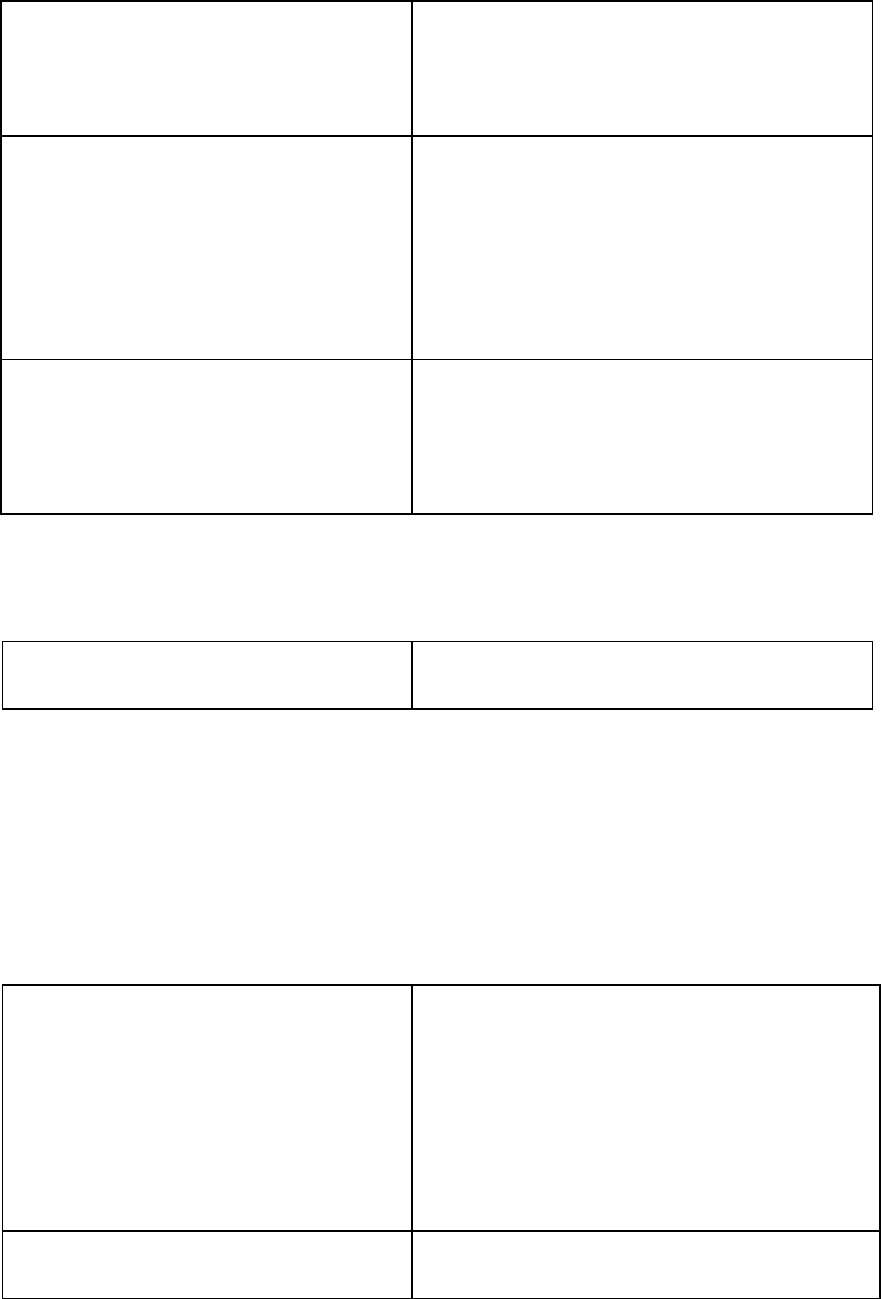
19
7)
? Contaminated air source.
? Oil or grease fumes.
7)
? Filter all air after it leaves compressor.
? Oil fume from compressor, of kitchen grease
fumes, pumped into beer, will cause Flat Beer.
? If possible CO
2
gas should be used as
a
pressure source.
8)
? Moisture in Air system.
8)
? With the use of an air compressor, it is
imperative to have a moisture trap installed in
the Pre-cooler, and drained daily. This is in
addition to an activated charcoal filter,
necessary to purify the air just before it enters
the barrel.
? With tank type compressors, drain the tank
weekly.
? Moisture traps should be drained daily.
9)
? Rapid movement of air.
9)
? An air fan, or exhaust blower drawing air, or
blowing air, across the bar where beer is drawn,
may cause the dead of foam to fall quickly. Fans
or blowers should be located so that air
movement is not directly across from where
beer is drawn.
LOOSE FOAM
Causes Corrections
? Large soap-like bubbles (sometimes
called fish eyes). Foam settles quickly.
? This is generally a Flat Beer condition: the
Causes and corrections for Flat Beer should be
followed.
OFF-TASTE BEER
Often bitter and bitey, sometimes completely odor, carrying an unpleasant taste.
Beer lines should be flushed after each barrel is empty. Maintain fresh, Clean, sanitary
conditions at bar. Smoke, kitchen odors, fly sprays, and disinfectants will harm the tast and
flavor of beer, making it unpalatable. These conditions, as described, may come from an air
source, or from actual contact with the glass at bar.
Causes Corrections
1)
? Improper, or no cleaning of coils, hose,
leads, and direct draw system.
1)
? Coils should be thoroughly cleaned at least once
a week.
? Brush and clean faucet. (see Wild Beer,
Correction #2)
? Taps, rods, and tap-Seal fitting should all be
scoured, using a detergent, then rinsed clean.
? Direct draw Systems must be cleaned the same
as coil systems: 4 feet of direct draw line
accumulates as much per foot as any other
system.
2)
? Contaminated Air Line. Defective Thomas
or Tongue Bents.
2)
? Air hoses, air lines and vents, should be
examined, and if contaminated, replaced.



